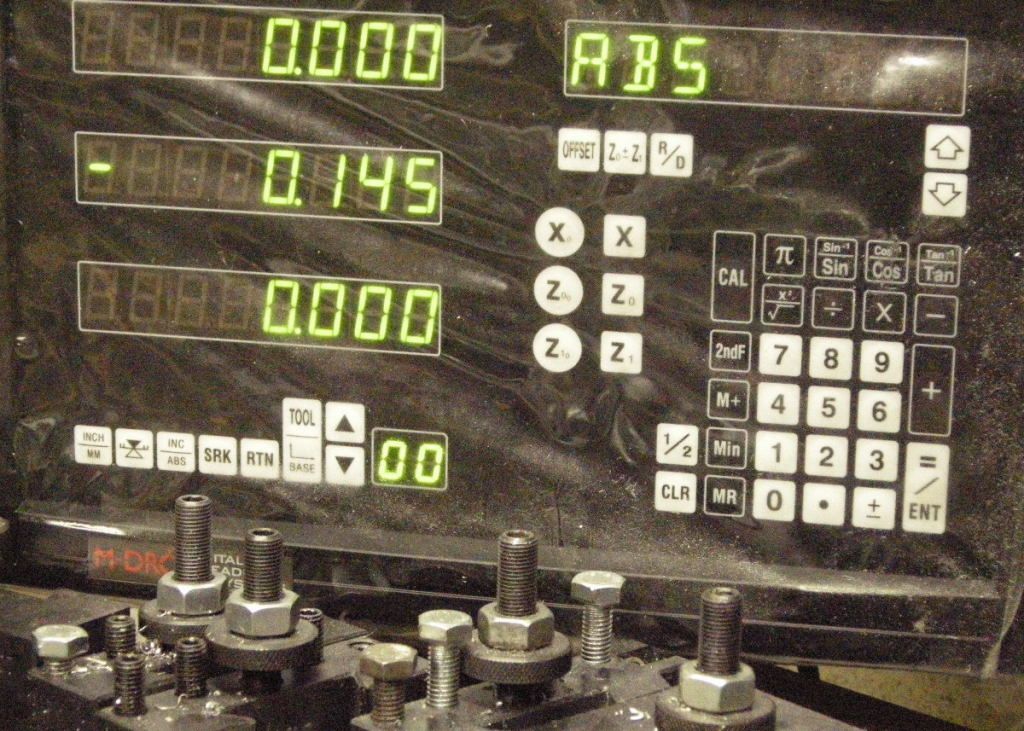Posted by Matt Stevens 1 on 18/04/2019 23:20:26:
…
Now you can spend alot of money on a DRO and you can also get cheap ones from China such as the one i have linked below. Firstly what is the difference? Accuracy and resolution looks good, so what are you getting with a more expensive one.
…
What makes a difference to a DRO is the how well built and protected the scales and electronics are, and to a lesser extent the features offered. For high-precision work, different types of scale technology are available. A high-end DRO will be mains-powered, with well-sealed scales, smooth action, and bullet proof electronics.
In comparison, I bought a pair of Warco's cheapest and fitted them to my mill, an easy job. The scales are battery powered lasting 9-18 months and each scale has it's own readout unit, a simple plastic box with a magnet on the back, with a a small unlit LCD display. The display is inferior to the nice combined XYZ and keypad units that have to be bolted to the head. The scales are unshielded and must be vulnerable to coolant. Reset accuracy OK – within ±0.02mm. Perhaps because I don't often flood cool, the scales work fine: after 5 years an occasional wipe with a tissue has kept them in good order. The only fault was mounting the displays on the motor control box caused one of them mismeasure when the motor was turned off. This turned out to be due to contactor thump shaking a slightly loose USB connector: moving the displays fixed that, but note USB connectors aren't supposed to wobble! Otherwise the DROs turned out to be a bargain: they make a huge difference to milling.
However, despite satisfaction, when they fail, I'll go up market. Although they've been reliable, the vulnerability of the scales is a worry and I don't entirely trust them. (Causing time-wasting double checking). The batteries are a pain, and the display hard to read and inconvenient compared with a combined unit. Although the scales provide 'good-enough' accuracy for most of what I do, improved accuracy would save time when being spot on matters. I rarely work outside a 200x150mm footprint, and the DRO is accurate within that range. I'm not so sure it's good to ±0.02mm across the entire travel of the table, about 550mm.
As a hobbyist my experience with this DRO has given me confidence in the very basic breed. But they wouldn't do in a more demanding workshop. Chaps who need to crack on would be frustrated by the hard to read displays and tiny buttons. Keeping an eye out for misread measurements caused by mucky scales or dying batteries slows everything down. Having confidence about the accuracy of large movements might be vital. Most of this can be fixed by doubling or tripling the budget.
If you really need the very best, buy from a professional supplier. Not many do, the very best is very expensive.
Dave
Weary.


 and i am considering putting a DRO on it.
and i am considering putting a DRO on it.


